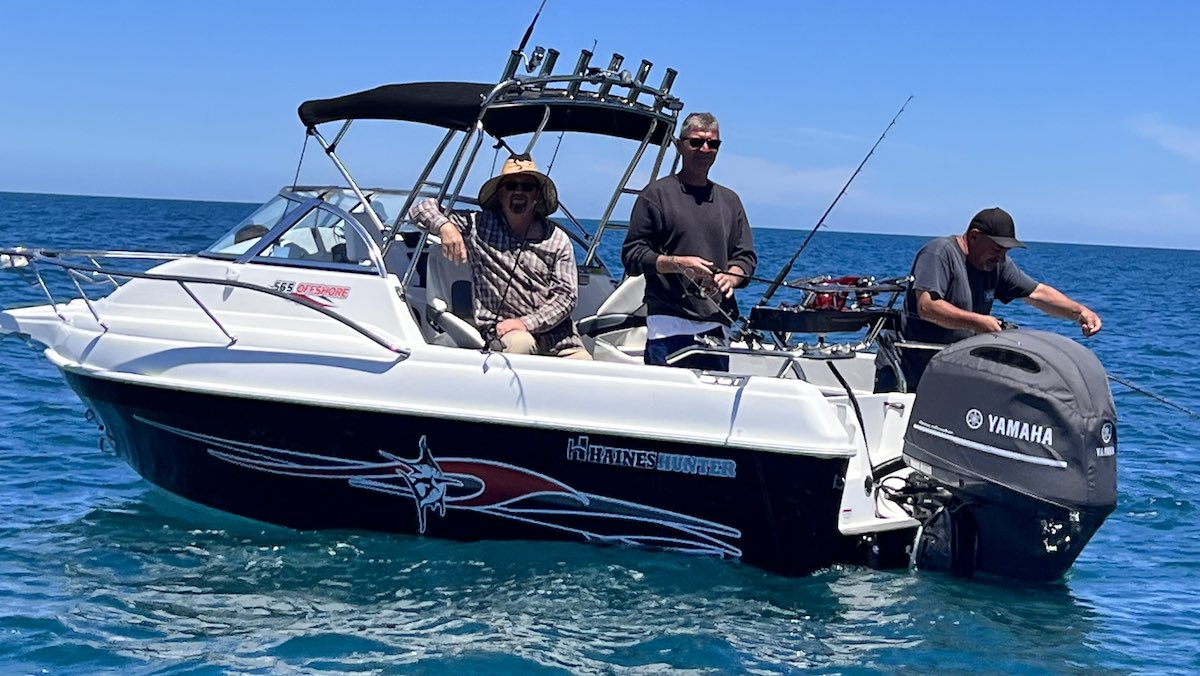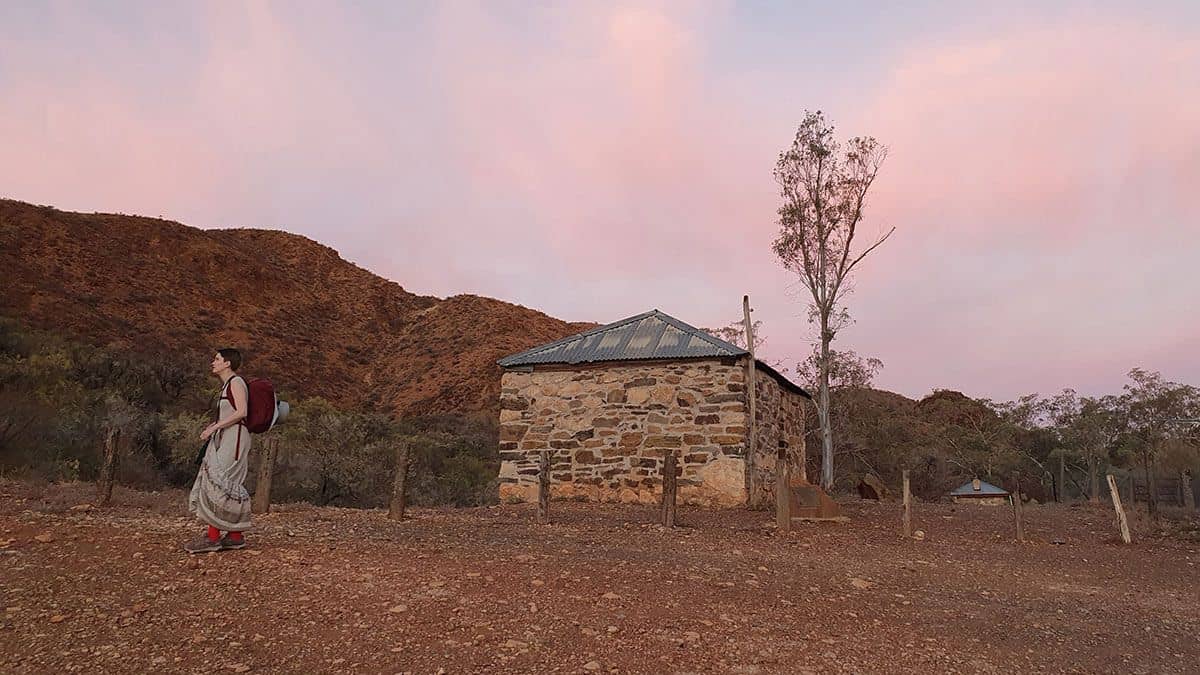New boating strategy launched to boost water safety
The State Government has released the South Australian Recreational Boating Safety Strategy 2025-2030, to help combat irresponsible and dangerous behaviour across the state’s coastal and inland waters.
Tragically, three lives are lost on average in South Australian waters each year from boating-related drownings. The new strategy outlines 25 key actions across five priority areas to improve safety on our waterways.
The state-first strategy includes cracking down on dangerous jet ski behaviour, the introduction of new boat licence reforms, simplifying life jacket and safety equipment requirements, lower speed limits, increasing education, and expanding the use of technology such as mobile apps for boaties.
The initiatives aim to support the State Government’s target of reaching zero fatalities and harm among recreational boaters and other water users by 2030.
In the past 20 years through to June 2024, 65 people drowned while boating in South Australia. A further five people lost their lives in collisions and other incidents on the water over the last 10 years.
With speed a common factor in boating trauma, speed limits will be lowered closer to shore on coastal waters, in areas frequently shared by people and vessels, and where there are bridges and locks.
Swim-only and non-powered vessel zones will also be created, and jet ski riders will not be able to circle, weave or ride erratically near moored vessels and dwellings.
Boating safety education will soon be expanded in schools, at boat ramps, and through retailers who are often the first point of contact for people purchasing marine safety gear. More webcams will be rolled out across the state, giving boaties an instant snapshot of weather, boating conditions and boat ramp traffic through a 24/7 live feed which can be accessed online to help them plan and predict risks.
Other short-term actions include a new one-kilometre shoreline restriction for Special Permit holders aged 12 to 15 years, providing them with an extra layer of safety. They also will need at least six months supervised on-water experience before they can sit for the practical test if they want to operate solo.
Boat licencing will get a modern makeover, with an online education component to complete alongside the current theory test – similar to obtaining a driver’s licence – strengthening the learning experience.
Over the past four years, more than one third of 18,110 vessels checked by Marine Safety Officers were non-compliant with incorrect safety equipment and life jacket misuse among the most common issues.
In response, the strategy recommends simplifying lifejacket and safety equipment requirements, ensuring regulations are clearer, more consistent and easier to follow.
Boaties in semi-protected areas will have the option of carrying electronic visual distress signals instead of flares, providing they have extra safety equipment onboard. Motorised vessels in unprotected waters more than 3.7 kilometres from shore will need to carry an EPIRB (emergency position indicating radio beacon), bringing the requirement for gulf waters in line with the remainder of the coast.
Tom Koutsantonis, Minister for Infrastructure and Transport said the landmark strategy will hopefully prevent future trauma by supporting and enforcing safer behaviours on the water, regardless of whether you are heading to the river, enjoying beachside waters or are offshore boating along the coast.







